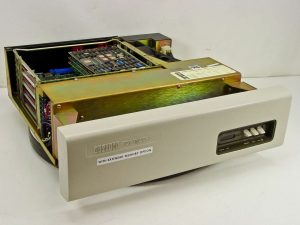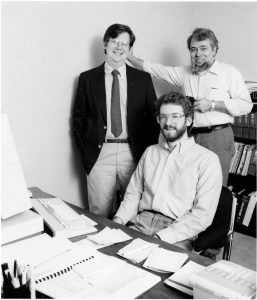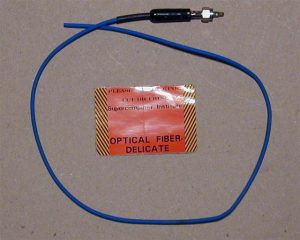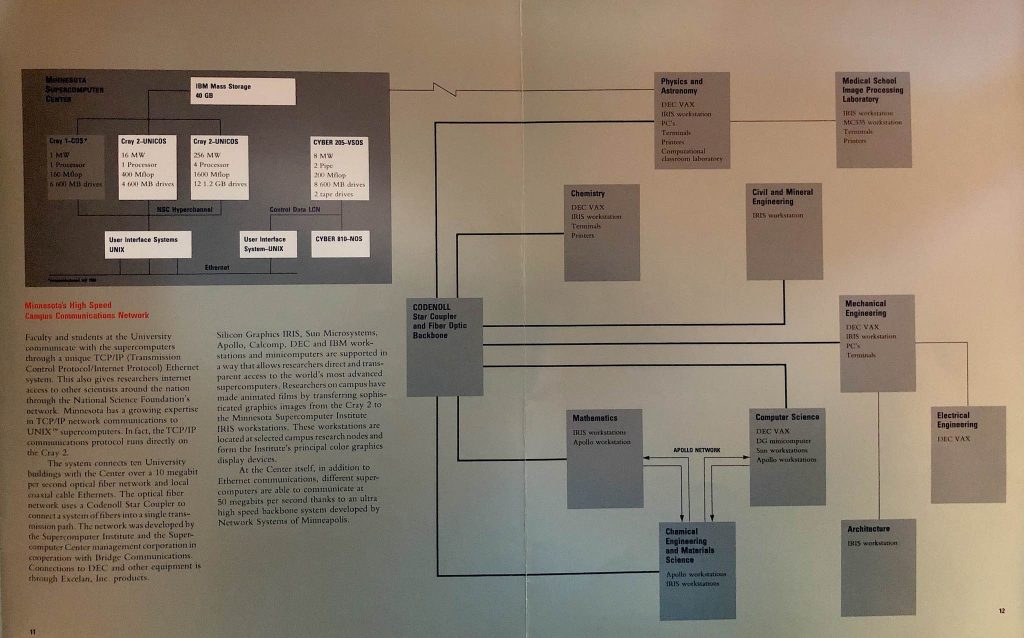First internet in Minnesota
My dreams of “Internet” came from reading Arthur C. Clarke’s essays, seeing 2001 A Space Odyssey, reading about the early development of transatlantic cables, visiting Unesco in Paris to discuss satellites for distance education, taking classes on human communication, and other developments of the time, such as the AT&T Picturephone.
My involvement in computer networking technology itself dates back to work as a research intern in physics for the UofM at Cape Kennedy during Apollo 12 and 13, participation in development of Remote Job Entry systems at the UofM in 1972, my efforts to build terminal multiplexers in 1978, packet network adaptors using microprocessors in 1979, participation in the IEEE 802 LAN standards committee in 1980, and proselytizing workstation technology from Stanford to the UofM in 1981.
By 1980 it was becoming clear that connection oriented approaches such as X.25 L3 virtual circuits could not provide the flexibility and end-to-end reliability needed. After experiments Joe Thomas and I did with Dave Mills LSI-11 based “fuzzball” IP router code (i.e. PDP-11/03 boxes) on the UofM campus in 1981, it was clear that the best path forward was “connectionless” methods that used an end-to-end reliable transport service (TCP) over a datagram IP network layer that could traverse any heterogeneous concatenated mix of media and routers.

Example of a Fuzzball, used to route the very first IP packets in Minnesota…
Later, after co-founding the Minnesota Supercomputer Center (MSC) as Director for networking, I worked with Dr. Tom Walsh and Randy Smith of the Minnesota Supercomputer Institute, to build the first campus wide TCP/IP network at the UofM. Because the UofM plant services union people were quoting months to install the optical fibers we needed for the campus network, in true Richard Feynman like behavior, we hacked the locks of the UofM steam tunnels and pulled optical fibers between buildings ourselves (high energy physicists scrambling down 100′ deep shafts on Sundays). By 1985 we had obtained NSF support to connect one of our VAX systems to the ARPANet IMP in Madison using 1822 at 56Kbps to allow national access to our Cray-1 and planned Cray-2 systems. After moving our Cray machines to the new 1200 Washington Ave. building, the ARPANet transitioned to NSFNet using Proteon routers. This allowed us to route NSFNet to UofM campus users via our campus network, such as the MicroGroup, and Physics and Chemistry Departments, initially at 56Kbps, and later via a 10Mbps point-to-point Ethernet connection over dark fiber.



With the establishment of MRNet, connection speed to NSFNet reached T-1 speed.